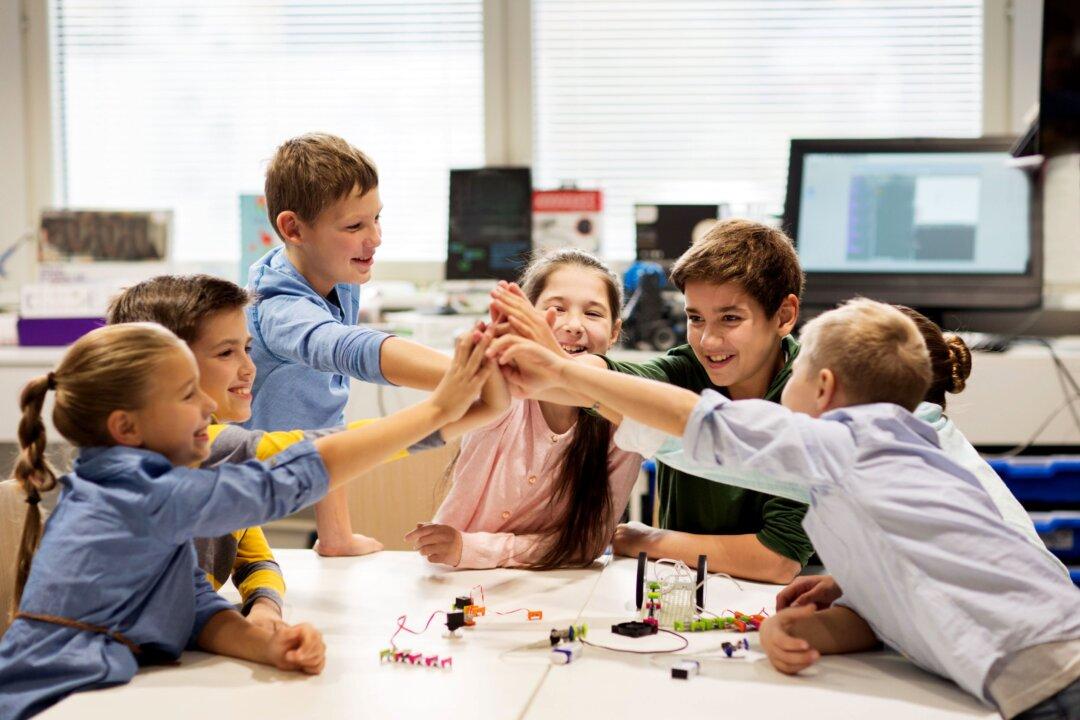Commentary
As the COVID-19 curve continues to flatten in Canada, various governments are looking at how they can loosen restrictions and get the economy moving again. Reopening schools is an important part of this strategy.

As the COVID-19 curve continues to flatten in Canada, various governments are looking at how they can loosen restrictions and get the economy moving again. Reopening schools is an important part of this strategy.